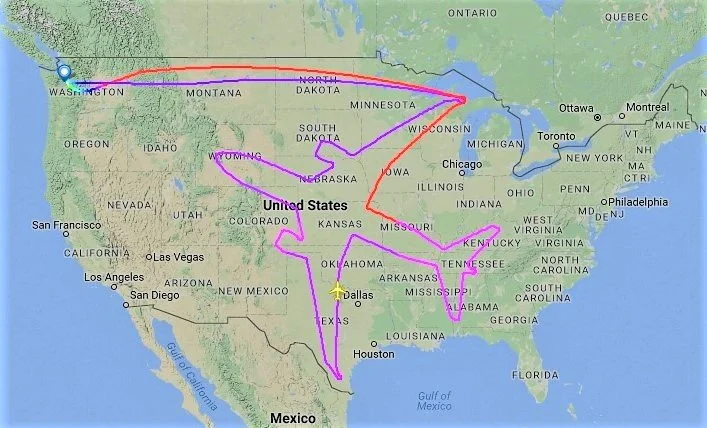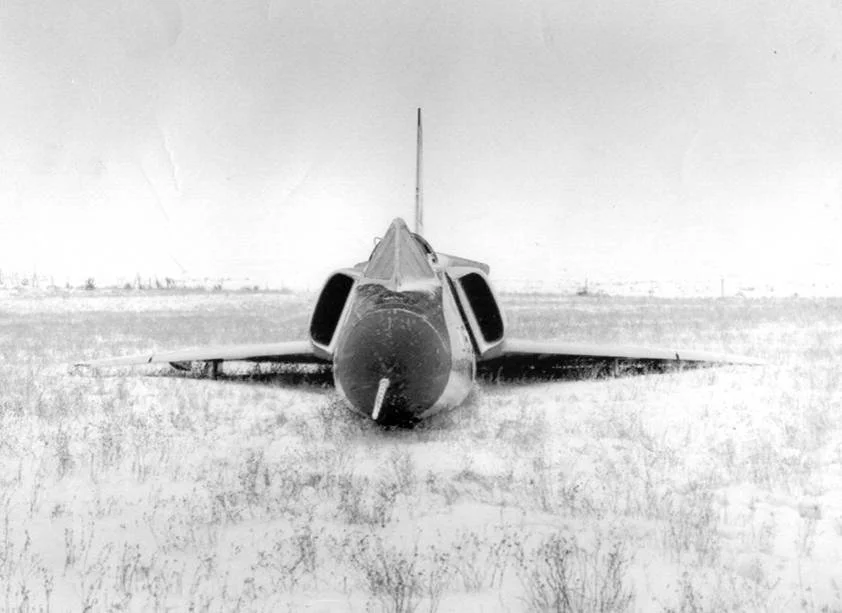Jet Engine Testing
The item below is indeed a true story. It reminded me of one of the first projects that I did the administrative work for when I joined General Dynamics Convair in San Diego just after Bear was born. We had facilities for dangerous tests in Sycamore Canyon to the north of San Diego for such nonsense as testing Atlas rocket components to pressure limit destruction, etc. We also had a big rig, like a airplane wing sticking out of the canyon wall, that you could mount a full size jet engine on and perform tests to measure the effects of "ingesting" heavy rain, various size hail-stones and birds of all species .... sometimes more than one at a time to simulate colliding with a flock of migrating geese, for example.
The engine test results I witnessed one day were interesting:
Light rain actually makes a jet engine more efficient because it instantly turns to steam, increases the mass of the accelerated jet stream and boosts propulsive power. Heavy rain cools the engines flame down and reduces power.
Increasingly large hail stones are indistinguishable from rain up to a point ... the point where the first turbine blade is damaged.
Birds: The dead, fully feathered chickens we used were indeed four pounders, as described in the article below, and we launched them using a big air gun to simulate jet plane speed. We also had a dead goose gun. The results were unpredictable. Sometimes carcasses would pass right through the turbine without causing any measurable change in performance. Others would hang up and temporarily reduce power. Multiple birds were the biggest problem, nearly always causing a hiccup. Bigger birds, even a single one sometimes, did indeed cause complete shutdown of the engine.
The worst of it was that these tests had been going on out in the hot desert sun for over a week with hundreds of birds essentially vaporized in the process. That made quite a stench.
Personal note. Years later, just after take-off from Chicago's Lakeside Airport in a two engine Fan Jet Falcon business aircraft we overtook a flock of seagulls and ingested one or two in the right engine which promptly shut down. The pilot resisted the instinct to turn around quickly, flew straight out over the lake to gain speed and altitude, calmly declared an emergency, and then returned the plane safely back to the runway.
True Jet Engine Testing Story
Scientists at NASA built a gun specifically to launch standard 4 pound dead chickens at the windshields of airliners, military jets and the space shuttle, all traveling at maximum velocity. The idea is to simulate the frequent incidents of collisions with airborne fowl to test the strength of the windshields.
British engineers heard about the gun and were eager to test it on the windshields of their new high speed trains. Arrangements were made, and a gun was sent to the British engineers. When the gun was fired, the engineers stood shocked as the chicken hurled out of the barrel, crashed into the shatterproof shield, smashed it to smithereens, blasted through the control console, snapped the engineer's back- rest in two, and embedded itself in the back wall of the cabin, like an arrow shot from a bow.
The horrified Brits sent NASA the disastrous results of the experiment, along with the designs of the windshield and begged the U.S. scientists for suggestions.
NASA responded with a one-line memo, "Defrost the chicken."









